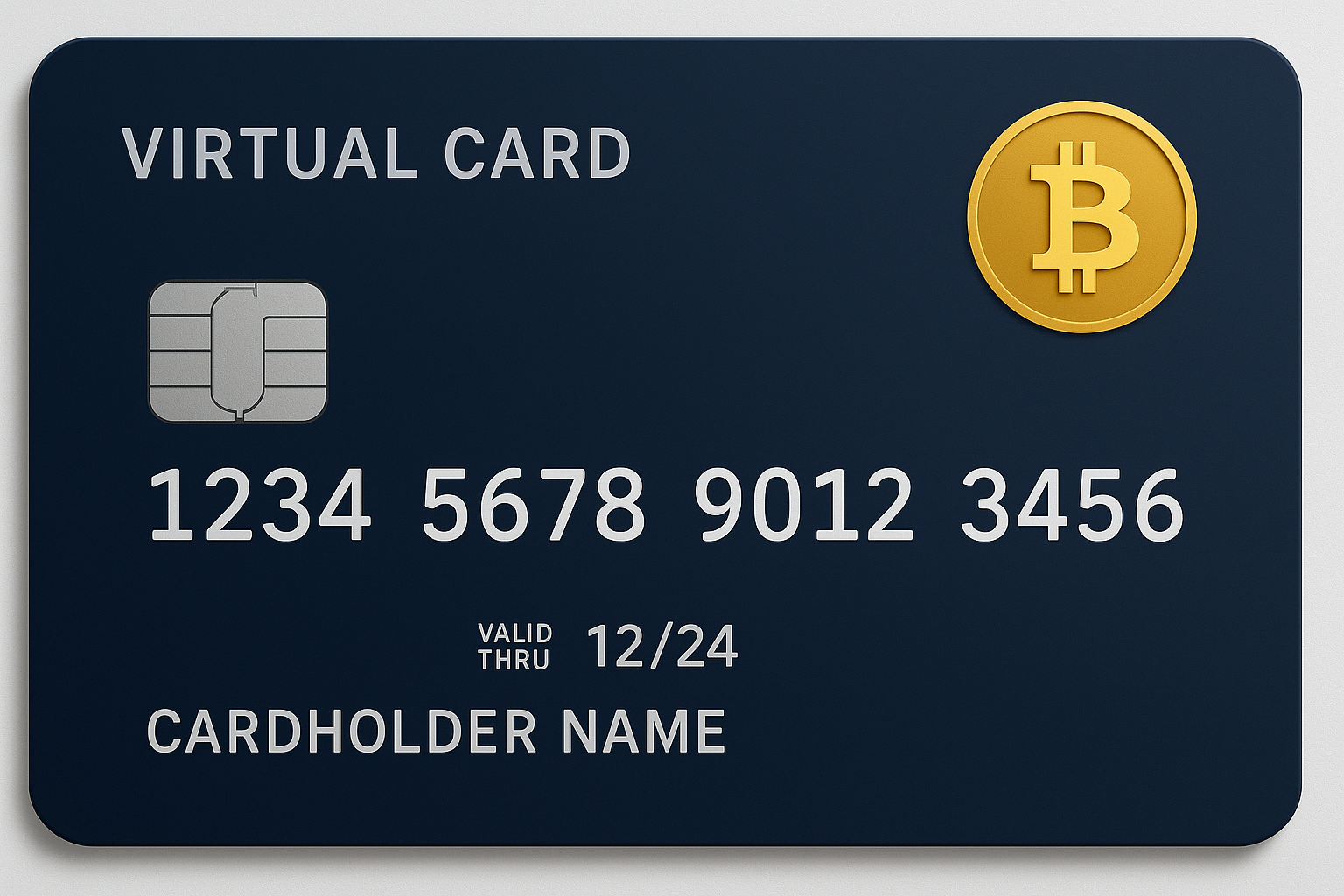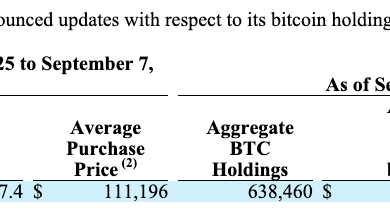What is a Virtual Crypto Card and How to Use it for Online Shopping?


Online shopping has become part of everyday life; however, paying with BTC, ETH, or any other digital currencies does not always come easily. Most businesses have yet to adopt cryptocurrency for , so consumers must convert their coins to fiat to make purchases. This adds extra steps, charges, and sometimes time to complete a transaction.
A virtual crypto card since it lets you use crypto anywhere that accepts debit or credit cards. For customers who desire digital payments but prefer not to depend solely on banks, it provides a utilitarian compromise between crypto and online shopping.
This article gives context to what a virtual crypto card is, how it works, and how it can be used to make payments for online shopping.
Key Takeaways
- A virtual crypto card enables you to use crypto for online spending by converting it into fiat at checkout, and merchants get a regular card payment.
- Virtual cards are quick, secure, and well-suited for subscription and online payments, but watch out for conversion fees, tax laws, and regional compatibility.
- Choose reputable providers, enable strong security, and keep records for taxes and refunds.
What is a Virtual Crypto Card?
A virtual crypto card is a digital version of a debit or credit card, loaded with cryptocurrency. It functions exactly like an actual payment card, having a 16-digit card number, expiry date, and CVV code, but in electronic form only (inside your crypto wallet app or card issuer’s website).
When you use it to make online purchases, the card issuer automatically platforms your crypto (such as BTC, ETH, or stablecoins) to the merchant’s local currency (including USD and EUR) of acceptance. The merchant gets a regular transaction, while you are spending your crypto balance in the process.
How Virtual Crypto Cards Work
- Open an account with a card issuer (Coinbase, Binance, or other crypto services). Many of these crypto card providers’ platforms require identity verification.
- Generate a virtual card inside the issuer’s app or website. It is available instantly and needs no plastic.
- Fund the card with crypto or stablecoins from your wallet. Some cards let you select which token to convert at the point of sale.
- At checkout, enter the virtual card number as applicable to regular debit cards. The issuer converts the crypto to fiat and completes the merchant payment. The merchant receives a typical Visa/Mastercard transaction.
Benefits of Using a Virtual Crypto Card
- Instant setup: No waiting for plastic in the mail. You can begin using the card within minutes.
- Better online security: There is no physical card to lose or steal. Many issuers let you freeze or cancel a virtual number instantly and issue a new one.
- Global acceptance: Because the conversion is happening in the background, you can shop at any site that accepts major card networks. Recent partnerships also make stablecoins ever easier to spend directly.
- Rewards and cashback: Some crypto cards offer for spending, which are settled in tokens or stablecoins.
Drawbacks
- Conversion fees and rates: Issuers often convert crypto to fiat at market rates plus a fee or spread. That can be costly if your crypto is volatile.
- Tax and reporting: In many countries, spending crypto can trigger taxable events because conversion may count as a disposal. Keep records and check local tax rules.
- Regional limits: Not every card is available in all countries. You may need identity checks and region support.
- Counterparty risk: The card issuer controls conversion and custody. Use reputable providers and enable strong account security, such as two-factor authentication (2FA).
How to Use a Virtual Crypto Card For Online Shopping
- Choose a provider: Pick a well-known issuer (for instance, Coinbase Card, Binance Card, or Crypto.com) that supports your country and preferred token. Look at fees, rewards, and limits.
- Verify your identity: Complete KYC if required. This usually involves ID and an address.
- Create the virtual card: In the app, tap “create virtual card” or similar placeholder. The app will show the card number, expiry, and CVV.
- Load funds: Move crypto or stablecoins to the card’s balance. Some providers let you pre-convert to fiat to lock in a rate.
- Checkout: Enter the card details at any online checkout form that accepts card payments. For recurring subscriptions, some users prefer a virtual card because it can be cancelled and replaced without changing bank details.
- Monitor transactions: Check the app for converted amounts, fees, and any reward credits. Keep receipts for tax purposes.
Best Security Practices
- Enable 2FA on your platform or card account.
- Use virtual cards for one-off or subscription payments you want to control. Cancel and replace the virtual number if it is compromised.
- Limit the amount stored on the card. Keep most funds in your private wallet if you control the keys.
- Read issuer policies on chargebacks, refunds, and dispute handling. Crypto conversions can complicate refunds.
Who Should Use a Virtual Crypto Card?
- People who want to spend crypto without converting it manually to fiat first.
- Frequent online shoppers who want crypto rewards.
- Users who prefer the convenience of card networks and the extra privacy of not linking a bank account.
Virtual cards are not ideal if you need to avoid conversion fees or if you need guaranteed zero volatility between purchase and settlement.
Bottom Line
Virtual crypto cards bridge the gap between digital assets and everyday online shopping. They make spending crypto simple by handling conversion and payment behind the scenes. That convenience comes with tradeoffs: fees, tax implications, and reliance on the card issuer. If you shop online often and value speed and rewards, a virtual crypto card can be useful. If you need tight control over conversion rates or hold large balances, weigh the costs and use secure, trusted providers.







